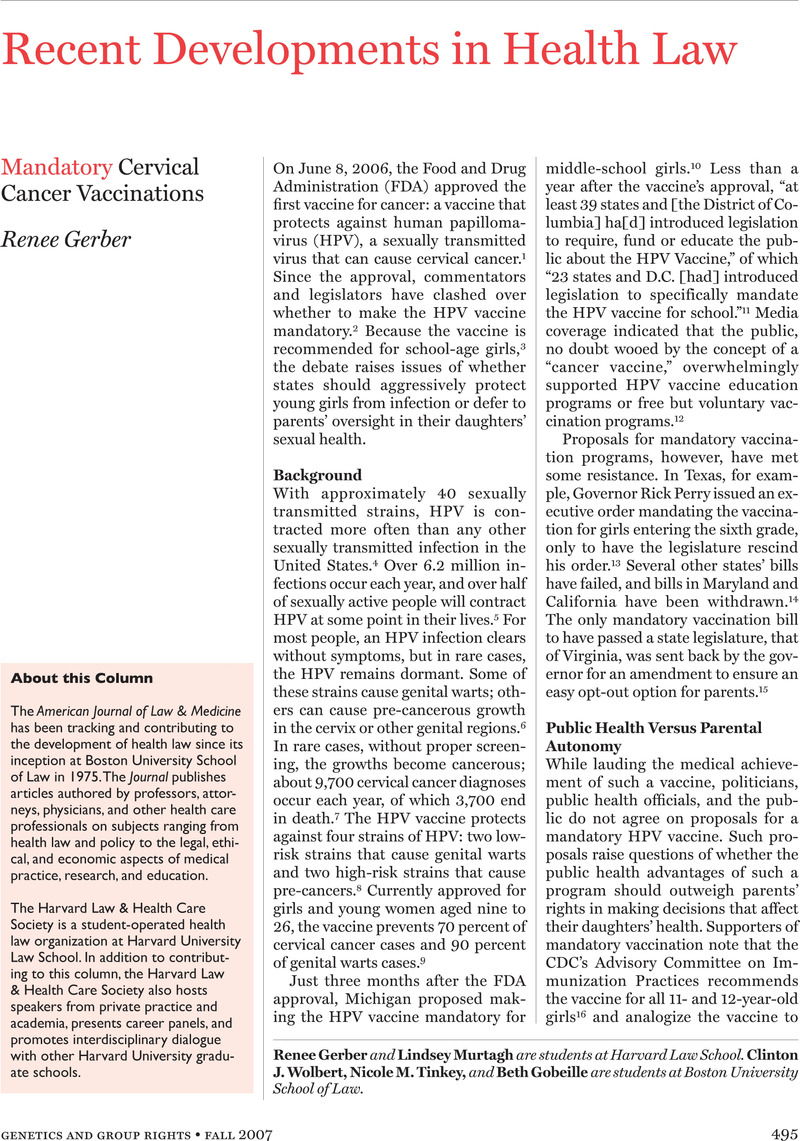Crossref Citations
This article has been cited by the following publications. This list is generated based on data provided by Crossref.
Harrell, Heather
2009.
Currents in Contemporary Ethics.
Journal of Law, Medicine & Ethics,
Vol. 37,
Issue. 1,
p.
134.
Gilmour, Joan
Harrison, Christine
Asadi, Leyla
Cohen, Michael H.
and
Vohra, Sunita
2011.
Childhood Immunization: When Physicians and Parents Disagree.
Pediatrics,
Vol. 128,
Issue. Supplement_4,
p.
S167.
Gianfredi, Vincenza
Pennisi, Flavia
Lume, Alessandra
Ricciardi, Giovanni Emanuele
Minerva, Massimo
Riccò, Matteo
Odone, Anna
and
Signorelli, Carlo
2021.
Challenges and Opportunities of Mass Vaccination Centers in COVID-19 Times: A Rapid Review of Literature.
Vaccines,
Vol. 9,
Issue. 6,
p.
574.



